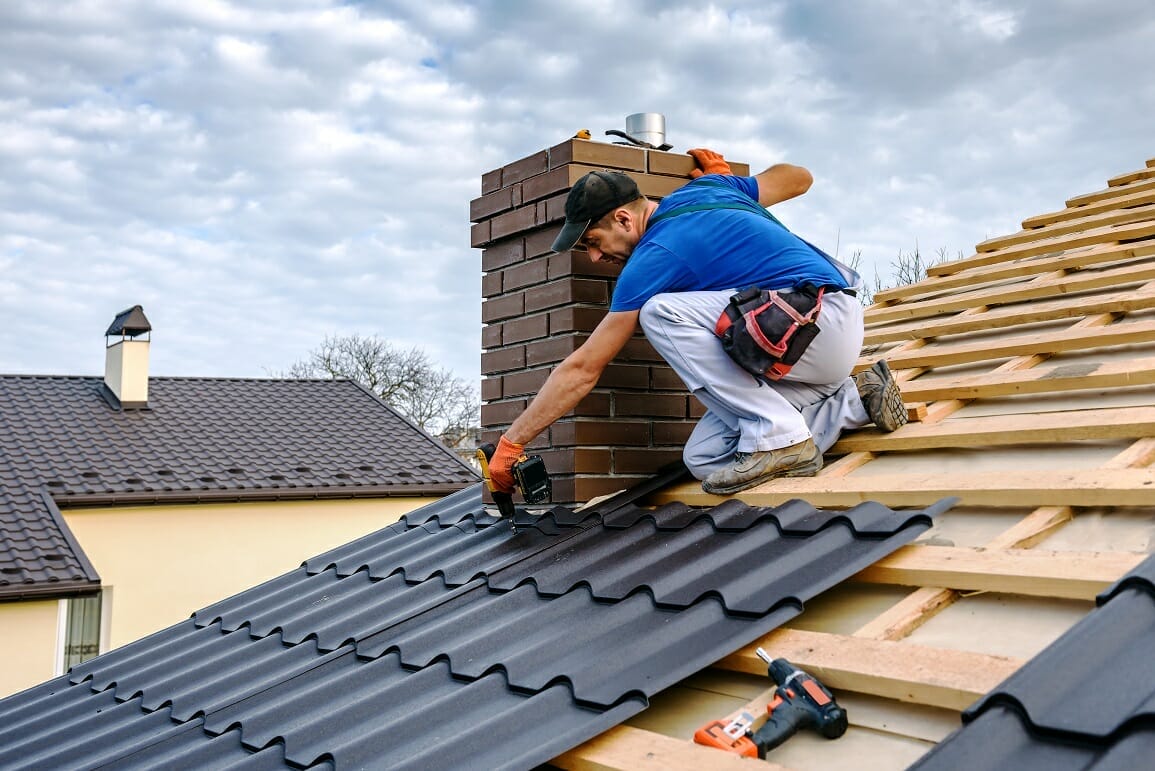Roof
Roofs can contribute to a building’s performance when it comes to water damage prevention and proper insulation. Building technology improvements and climate change have made roofing design evolve rapidly. This growth in options means that it’s more important than ever for homeowners to know the steps involved in roofing design and installation to make sure they’re getting their expected results.
This article discusses some of the steps involved in the design and installation of a roof.
Consult A Professional Architect And Structural Designer
The overall roof design of a building determines its elegance, durability, and functionality. It’s a process that requires the input of a professional architect and structural designer. Both professionals specify the roof materials, the architectural and structural design, and the construction process.
A new house should be made with the right amount of insulation for the local climate. Wood, for example, should be insulated against cold and snow. These factors must be considered from the initial design since it’s difficult to change the roof design after installation.

Use Reliable And Experienced Contractors
The proper installation of a roof is dependent on the level of skill and experience your roofing contractors have. There are many roofing contractors in the market today, and it’s important to obtain enough information about multiple contractors before choosing one. There’s a higher likelihood that if a contractor has a good reputation, they’ll carry out your roof installation correctly. You should do extensive online research and ask your friends and family about their experiences when looking for contractors.
Take note that the careful selection of your roofing contractors shouldn’t mean higher costs. You can get estimates for multiple jobs from different contractors before making your final decision. Many skilled and experienced contractors offer competitive prices on roof installations and further discounts if you can pay up to a percentage outright. Some roofers even charge by the hour on small roofing projects.
Choose Quality Roofing Materials
Tile and shingle roofs are some of the most common roofing materials used in homes. The professional architect and structural engineer specify the applicable choice and quality of materials.
The quality of these materials is important to ensure the roof structure’s durability and is dependent on where they’re made, the brand, technical specifications, and other factors. When you’re looking to buy roofing materials, make sure that you select an established brand to boost your chances of getting the best possible quality.
You can find good roofing materials company online. Read their reviews and customer ratings to find out more about them. You can also consider consulting people in your network about where they obtained great roofing products.
Follow Roof Installation Codes And Ensure Site Safety
Building codes such as the International Residential Code (IRC) contain all the necessary guidelines to follow in roof installations. It addresses building slopes, structural performance, and site safety. Roof installations can be dangerous if contractors don’t follow the proper installation procedures. Ask the contractor if there are any special tools or equipment that they need to properly perform the installation and if they use special safety gear to avoid any accidents while working on your building.
Other guidelines for installation in the IRC that prevent damage and ensure future safety are:
- Use corrosion-resistant fasteners to secure underlayment in extremely windy areas at 36-inch intervals.
- Continuous sheathing should be used for all roofs except specific metal roofing systems.
- There are three shingles classes based on average wind speeds, namely Class D for up to 90mph, Class G for up to 120mph, and Class H for up to 150mph.
- Starter strips should be installed properly to prevent ice buildup and water penetration.
- Avoid the vertical installation of shingles to ensure that none of them misses a nail.
Monitor The Installation Process
A critical eye during roof installation processes can ensure that the contractors do a good job on your roof project. Although your choice of skilled and experienced roofers should reduce the possibility of installation errors, you should be present during the installation process.
Some of the things to keep in mind are:
- At least four nails must be properly attached to each shingle to avoid wind and water damage to the roof.
- At least one layer of underlayment should be installed between the sheathing and shingles in cold regions.
- Ensure the contractor does a proper cleanup after completing their job.
Takeaway
Roof design and installation are technical building project phases that require adequate professional input. The first thing to ensure is that you’re working with a licensed and experienced architect and structural designer for your roof design.
The roof contractors you hire must be skilled, and the materials used must be high-quality to ensure proper roof installation. Ensure your contractors wear safety gear on site and that they’re following the guidelines stated in the IRC. You should also contribute to the proper installation of the roof by monitoring the installation process.
















